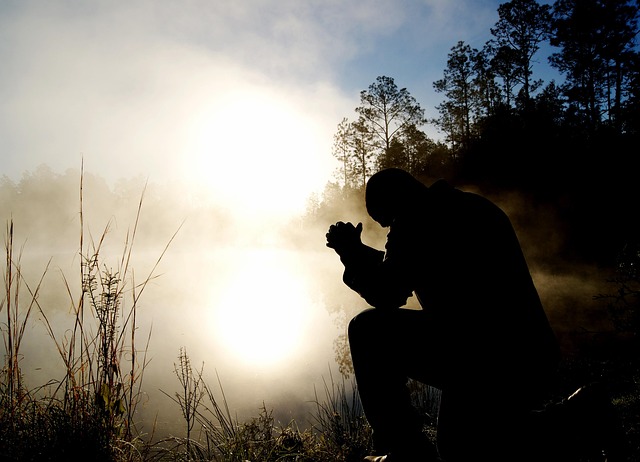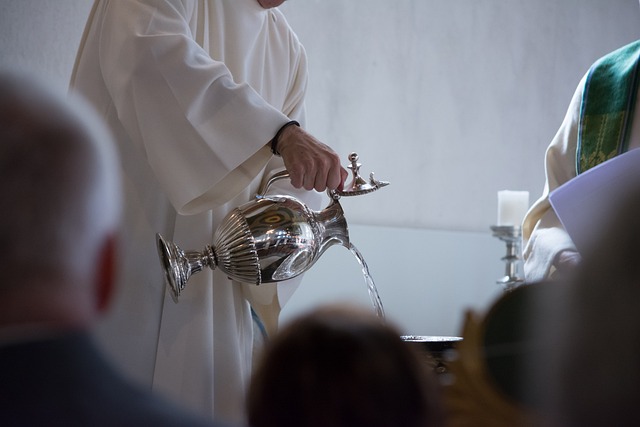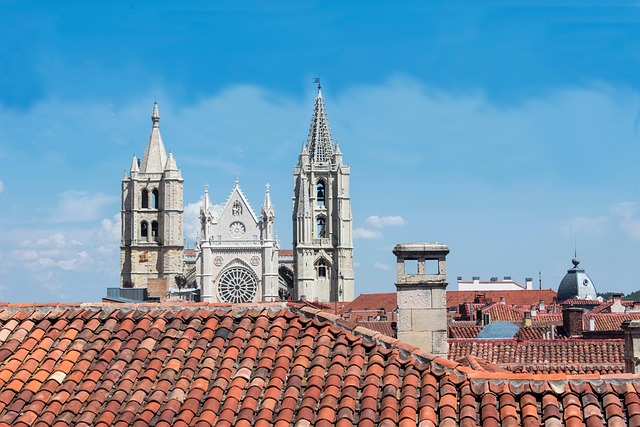Prayer has long been recognized as a profound aspect of human experience, transcending geographical, cultural, and religious boundaries. For many, praying serves as a ritual that fosters a deep connection with the divine, offering solace and strength in times of uncertainty. Whether one is adhering to a specific religion or engaging in personal spiritual practices, the act of prayer can be a powerful tool for reflection and growth.
In various traditions, praying takes on unique forms, yet the essence remains similar—seeking communion, understanding, and comfort. For instance, in Christianity, prayer is often seen as a conversation with God, a way to express gratitude, seek forgiveness, or request guidance. In Islam, daily prayers, known as Salah, are a systematic method of maintaining connection with Allah, bringing structure and purpose to the faithful’s day.
Similarly, in Buddhism, rituals of prayer are less about asking for intervention and more about cultivating mindfulness and compassion. These diverse practices highlight how praying goes beyond mere words; it is an emotional release and an avenue for personal transformation. Even non-religious individuals may find solace in the act of praying through meditation or intention-setting, recognizing a need for connection with something larger than themselves.
The communal aspect of prayer also cannot be overlooked. Group prayers can forge strong bonds within a community, uniting individuals in shared hope and purpose. This collective energy can amplify the impact of personal intentions, reinforcing the idea that we are not alone in our struggles or aspirations. Whether in a place of worship, a family gathering, or even in virtual communities, the powerful act of gathering for prayer lends itself to an unmatched sense of belonging.
Furthermore, the emotional benefits of praying are well-documented. Engaging in this ritual has been associated with reduced stress levels and improved mental health. The rhythmic nature of praying, often portrayed through repetitive phrases or meditative silence, allows individuals to enter a state of calm and reflection. It creates space for self-examination, paving the way for healing and clarity.
In an ever-changing world, the consistency of prayer offers a sense of stability. Amid the chaos of modern life, where distractions abound, praying can be a grounding ritual, providing much-needed time to pause, reflect, and connect. It serves as a reminder that in the pursuit of our goals and desires, we should remain attuned to the present moment and the greater tapestry of existence.
Lastly, praying is inherently personal, shaped by individual experiences and beliefs. It is a custom that encourages individuals to explore their spirituality and express their innermost thoughts and feelings. As such, there is no right or wrong way to pray; it simply becomes a reflection of one’s journey, inviting authenticity and vulnerability.
Ultimately, the power of praying lies in its ability to connect us to each other and the universe. Whether through structured rituals or personal, freeform expressions, this ancient practice remains integral to many, acting as a bridge between the human experience and the divine. As we explore and embrace the power of prayer, let us remain open to the connections it fosters within ourselves and with each other.



